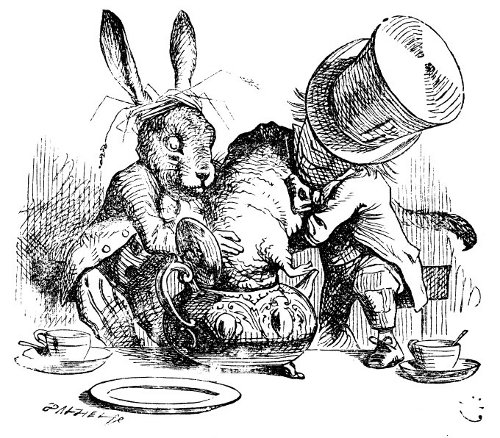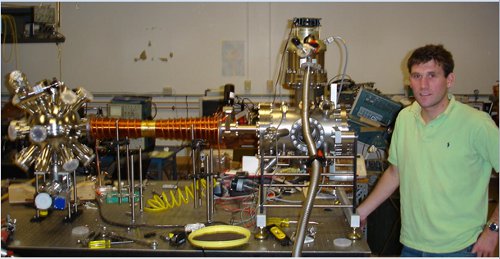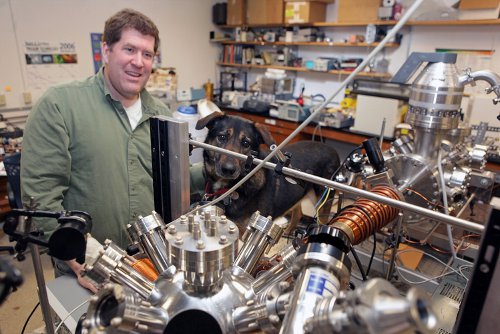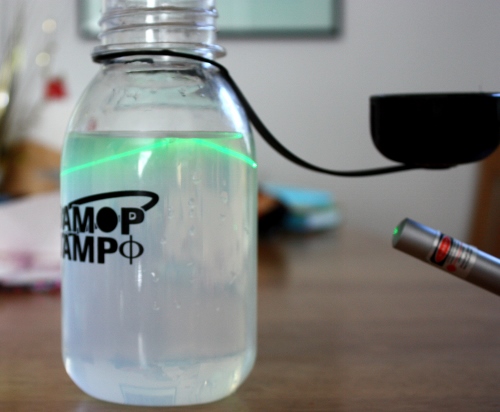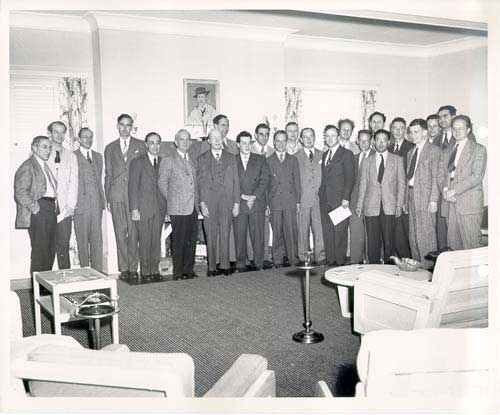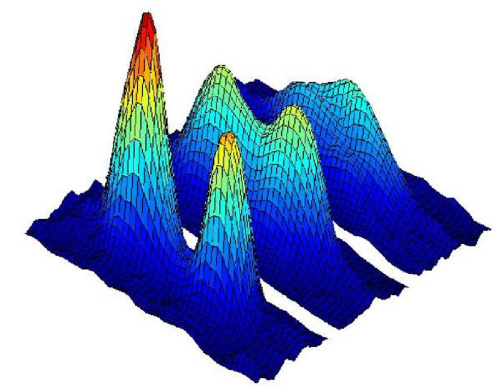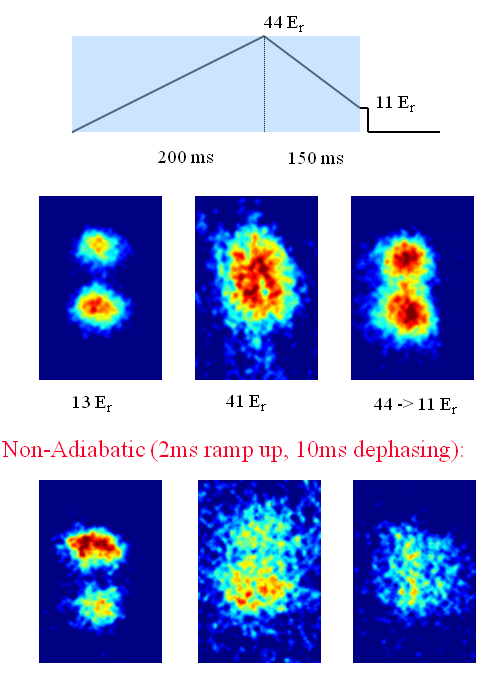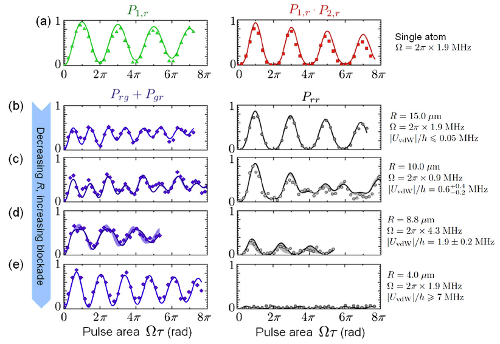The last post in this series on the core technologies of cold-atom physics dealt with optical molasses, where you use the scattering of light to exert forces on atoms to make them very, very cold. It turns out, they end up even colder than the simple theory would lead you to expect, which is very… Continue reading Tools of the Cold-Atom Trade: Light Shifts and Optical Dipole Traps
Category: Experiment
Tools of the Cold-Atom Trade: Optical Molasses
`Once upon a time there were three little sisters,’ the Dormouse began in a great hurry; `and their names were Elsie, Lacie, and Tillie; and they lived at the bottom of a well–‘ `What did they live on?’ said Alice, who always took a great interest in questions of eating and drinking. `They lived on… Continue reading Tools of the Cold-Atom Trade: Optical Molasses
Tools of the Cold-Atom Trade: Light Scattering Forces and Slow Atomic Beams
This series of posts is intended to explain the tools and tricks used to create and manipulate samples of ultra-cold atoms; thus, it’s appropriate to start with how we get those atoms in the first place. This will be a very quick background on the basic force used to make atoms cold, and then the… Continue reading Tools of the Cold-Atom Trade: Light Scattering Forces and Slow Atomic Beams
Tools of the Cold-Atom Trade: Introduction
I have a small collection of recent research papers that I’d like to write up open in various browser tabs and suchlike, but many of these would benefit from having some relatively clear and compact explanations of the underlying techniques. And while I can either dig up some old posts, or Google somebody else’s, it’s… Continue reading Tools of the Cold-Atom Trade: Introduction
Reflecting, Totally; or Why the Pool Looks Shiny from Underwater
The other day, I made a suggestion to one of my research students of an experiment to try. When I checked back a day later, she told me it hadn’t worked, and I immediately realized that what I had told her to do was very stupid. As penance, then, I’ll explain the underlying physics, which… Continue reading Reflecting, Totally; or Why the Pool Looks Shiny from Underwater
Naming Names in QED
I’m doing edits on the QED chapter of the book-in-progress today, and I’m struck again by the apparent randomness of the way credit gets attached to things. QED is a rich source of examples of this, but two in particular stand out, one experimental and the other theoretical. On the experimental side, it’s interesting to… Continue reading Naming Names in QED
The Making of a Sign Error
One thing I left out of the making-of story about the squeezed state BEC paper last week happened a while after publication– a few months to a year later. I don’t quite recall when it was– I vaguely think I was still at Yale, but I could be misremembering. It’s kind of amusing, in an… Continue reading The Making of a Sign Error
The Making of “Squeezed States in a Bose-Einstein Condensate”
Yesterday’s write-up of my Science paper ended with a vague promise to deal some inside information about the experiment. So, here are some anecdotes that you would need to have been at Yale in 1999-2000 to pick up. We’ll stick with the Q&A format for this, because why not? Why don’t we start with some… Continue reading The Making of “Squeezed States in a Bose-Einstein Condensate”
My Claim to Scientific Fame: “Squeezed States in a Bose-Einstein Condensate”
In Monday’s post on squeezed states, I mentioned that I really liked the question because I had done work on the subject. This is, in fact, my claim to scientific fame (well, before the talking-to-the-dog thing, anyway)– I’m the first author on a Science paper with more than 500 citations having to do with squeezed… Continue reading My Claim to Scientific Fame: “Squeezed States in a Bose-Einstein Condensate”
Atom by Atom Interaction: “Direct Measurement of the van der Waals Interaction between Two Rydberg Atoms”
I’m always a little ambivalent about writing up papers that have also been written up in Physics: on the one hand, they make a free PDF of the paper available, which allows me to reproduce figures from the paper in my post, since I’m not breaking a paywall to do it. Which makes it much… Continue reading Atom by Atom Interaction: “Direct Measurement of the van der Waals Interaction between Two Rydberg Atoms”

